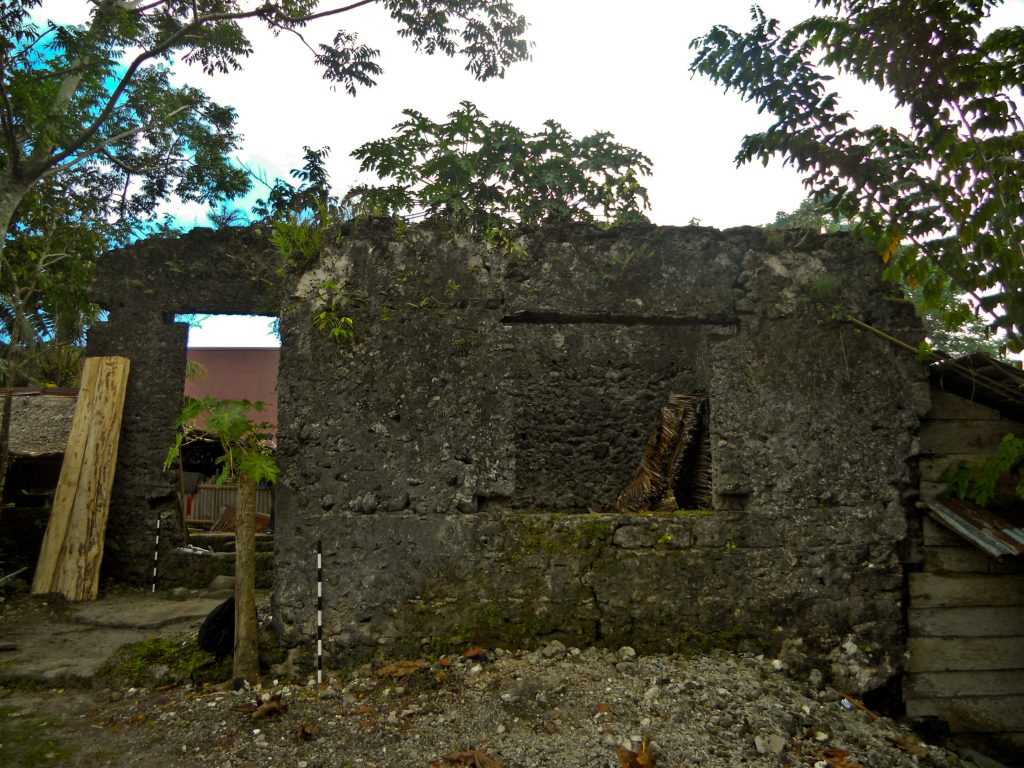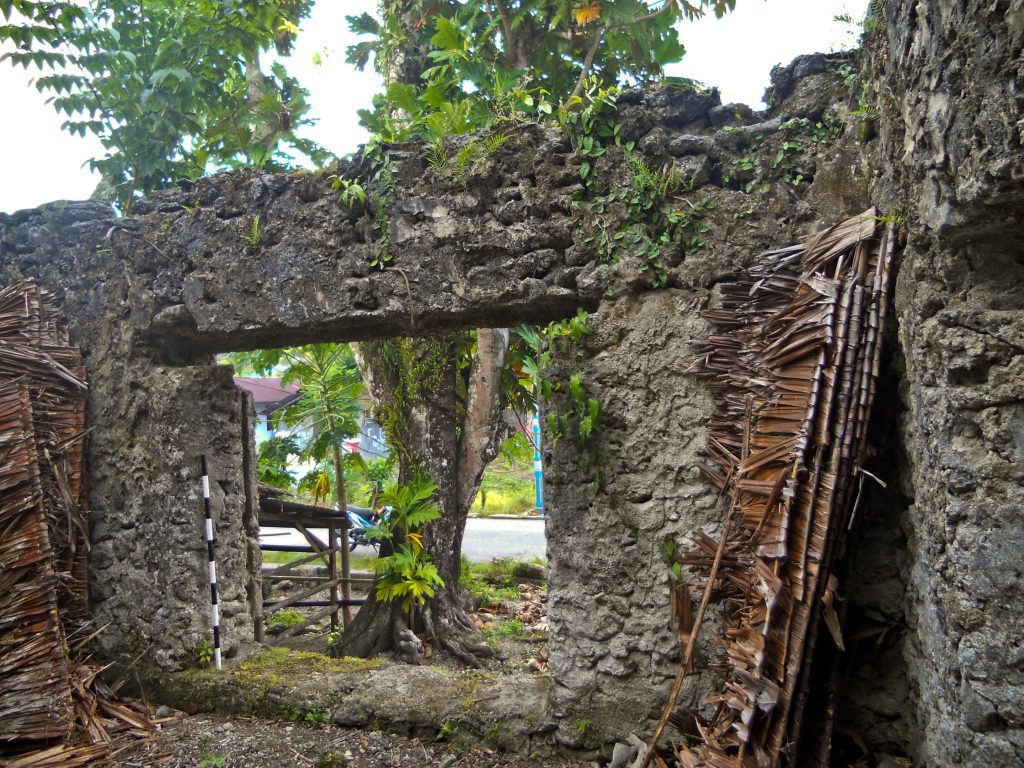
Pasca berhasil menguasai Malaka, Portugis berencana melakukan ekspansi langsung ke daerah penghasil rempah, yaitu Maluku. Dilandasi tujuan tersebut, pada 1512, Gubernur Jenderal Portugis memerintahkan António de Abreu dan Francisco Serrão untuk memimpin ekspedisi ke Maluku. Portugis tiba pertama kali di Ternate pada tahun yang sama, dan pelan-pelan melebarkan sayapnya ke wilayah Maluku yang lain seperti Saparua.
Benteng Ouw adalah salah satu peninggalan Portugis di Saparua. Secara administratif, benteng ini terletak di Desa Ouw, Kecamatan Saparua, Kab. Maluku Tengah. Benteng ini difungsikan Portugis sebagai tempat penyimpanan rempah-rempah yang diperoleh dari petani di wilayah Ambon-Lease sekaligus sistem pengawasan jalur yang menghubungkan Pulau Saparua dan Pulau Nusa Laut.
Benteng terbuat dari batu karang yang disemen menggunakan kapur dari batu karang yang telah dihaluskan. Benteng ini diperkirakan mempunyai luas sekitar 1.850 m2, namun kini sebagian dari lahan benteng ini telah digunakan sebagai lokasi pembangunan gereja. Hal ini menyebabkan luas lahan benteng hanya tersisa 950 m2 saja. Di dalam benteng ini masih dapat disaksikan bekas beberapa ruangan dengan enam pintu dan tiga belas jendela.
In English:

After successfully controlling Malacca, the Portuguese planned to expand directly to the spice-producing region of Maluku. Based on this goal, in 1512, the Portuguese Governor General ordered António de Abreu and Francisco Serrão to lead an expedition to Maluku. The Portuguese first arrived in Ternate in the same year, slowly spreading their wings to other Maluku regions such as Saparua.
Fort Ouw is one of the Portuguese relics in Saparua. Administratively, this fort is located in Ouw Village, Saparua District, Central Maluku Regency. The Portuguese functioned this fort as a storage place for spices obtained from farmers in the Ambon-Lease area and a monitoring system for the route connecting Saparua Island and Nusa Laut Island.
The fort is made of coral stone cemented using lime from pulverized coral stone. The fort is estimated to have an area of around 1,850 m2, but now part of the fort’s land has been used as a church construction site. This has resulted in the remaining land area of the fort being only 950 m2. Inside the fort, you can still see the remains of several rooms with six doors and thirteen windows.






